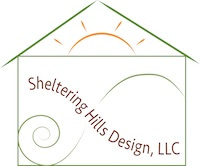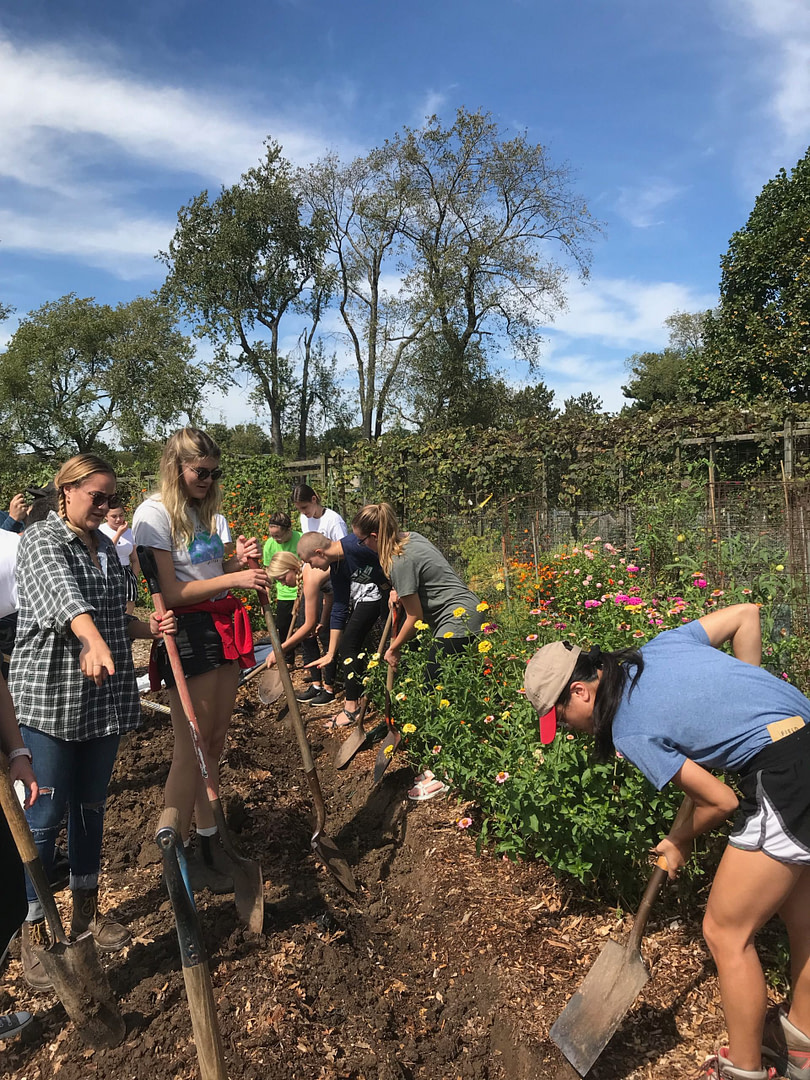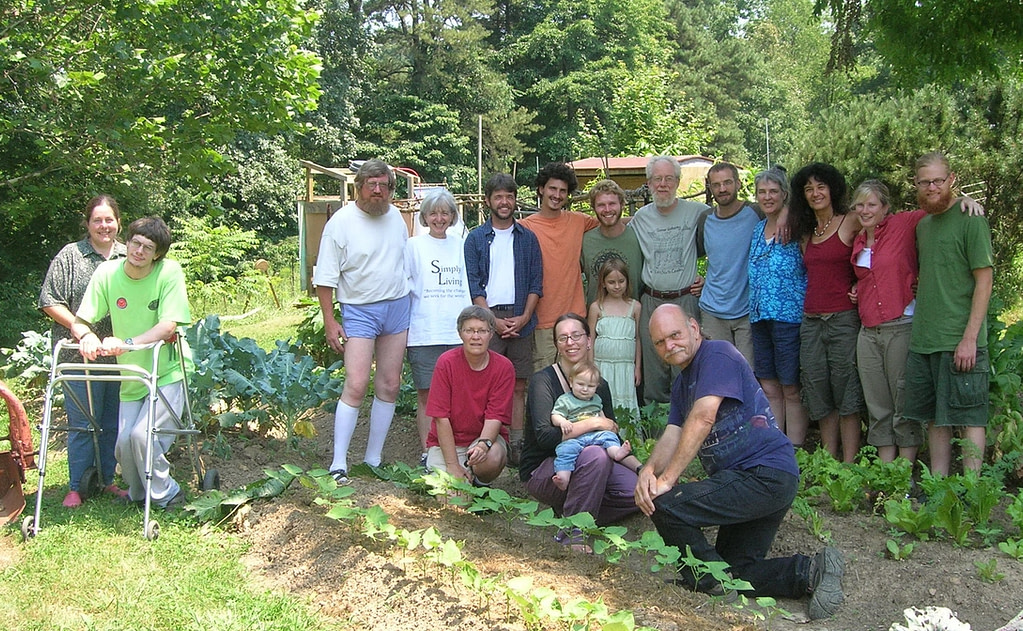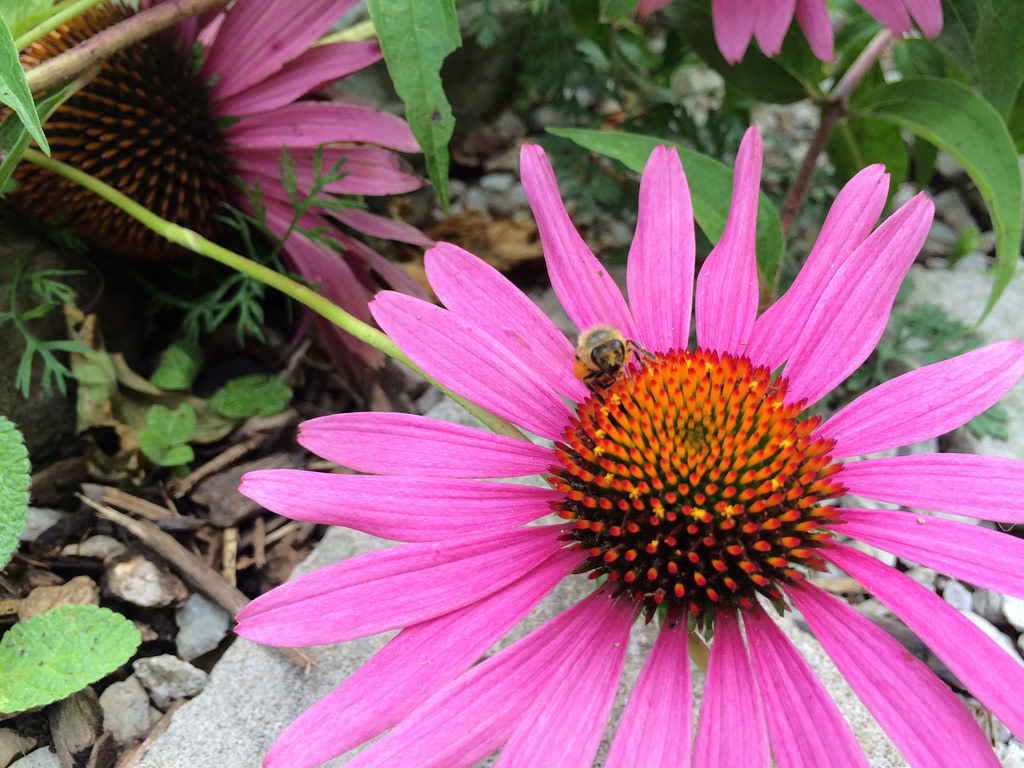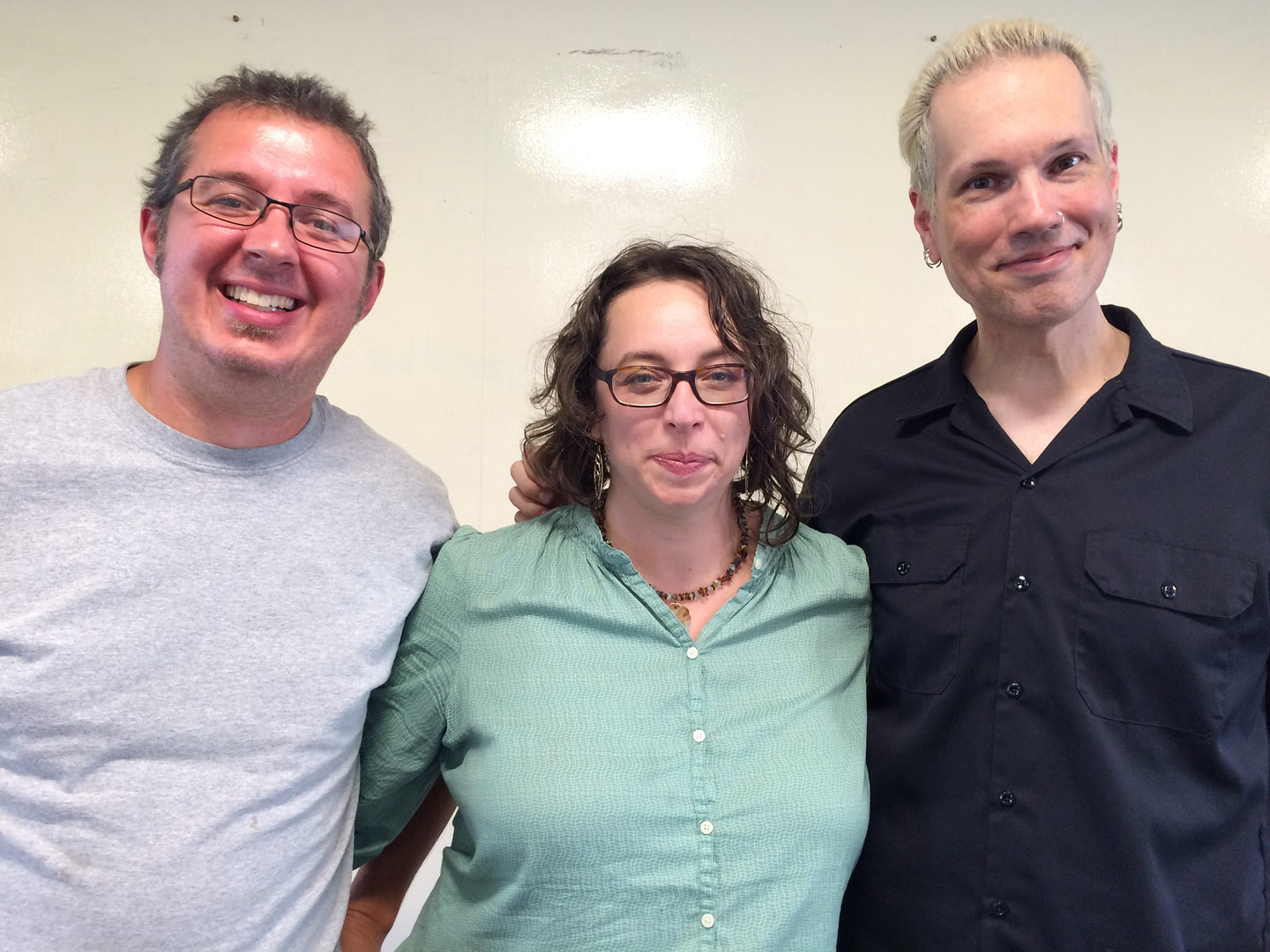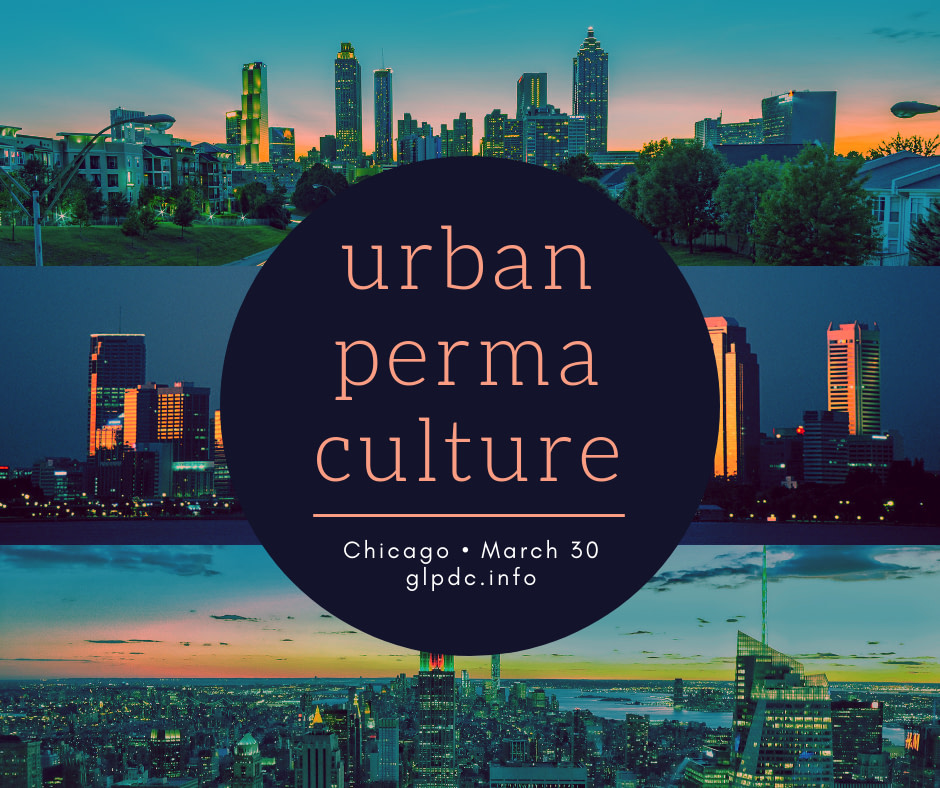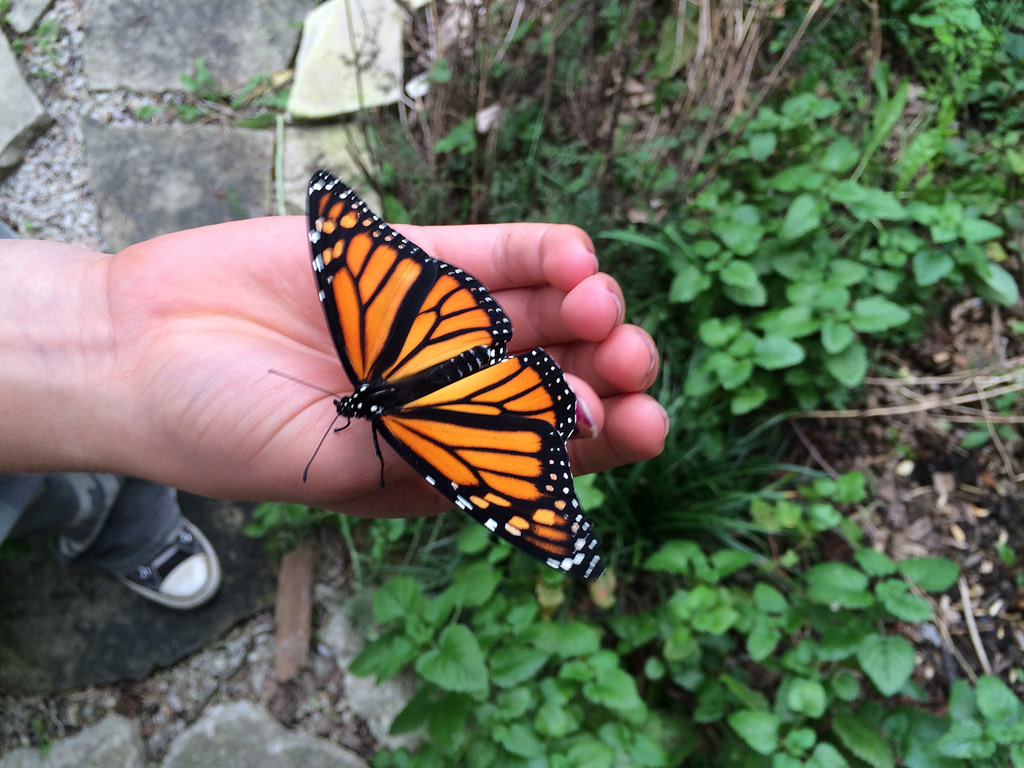[Note: This blog first appeared as the initial section of my editorial for Permaculture Design magazine’s November 2019 issue. In that issue, several authors spoke to this moment in time, the need for Earth Care, and the connection to People Care–two core permaculture design ethics. Readers appreciated the editorial, and so I thought I would share the beginning here.]
The times we live in are both a challenge and an opportunity. Both are presented with increasing urgency. As the year winds down, I have been evaluating and clarifying to which challenges and opportunities I can effectively contribute. Do I put effort into teaching and facilitating? Designing? Collaborative projects? The local community? Regional networks? More? Each of us has different skills and capacities cultivated through our own personal visions of a better world. From where I stand, our task is to align ourselves with each other in work which allows us to contribute fully and which improves the lives of others (human and non-human). That is not the message of mainstream, corporate-driven society.
When I was a young activist, I noted that if we did not do something our grandchildren would suffer. When I had my first child in 2001, I recognized that if we didn’t do something, my child would suffer. When my second child was born, seven years later, I recognized that we are all suffering. My anger at older generations for creating and enjoying systems and privileges I would never realize abated.
We live in a world desperately challenged by the systems which have held power and sway for decades. The pain and suffering of millions, the extinction of our species, and the degradation of our lands demand retrofits to not only our over-consumptive households, but to our communities and regional economies. This urgency is spurred on by fear of a chaotic future and the grief we might feel when we recognize the trajectory we are on.
Those of us who are aware hold grief in one hand and hope in the other. It is not hope for our civilization based on extraction and power over, but hope for lives well-lived in service to each other, based on power with each other and the work of setting to right much of what has been out of balance. Resting in that vision, we have every reason to take urgent action to start where we are and do what we can. We are not waiting for those mired in old paradigms and willful denial. Nor, I think, are we perpetuating negativity. Our work is founded in something more life-affirming.

